Canada’s vast wilderness offers some of the most breathtaking natural landscapes on Earth, from towering mountain ranges to pristine coastal areas. The country’s commitment to preserving these natural wonders has resulted in an impressive network of national and provincial parks that showcase the diverse ecosystems across this northern nation.
Nature enthusiasts and outdoor adventurers will find themselves spoiled for choice when exploring Canada’s protected wilderness areas. Here is a list of 18 remarkable Canadian parks that promise unforgettable experiences for anyone seeking to connect with the natural world.
Banff National Park
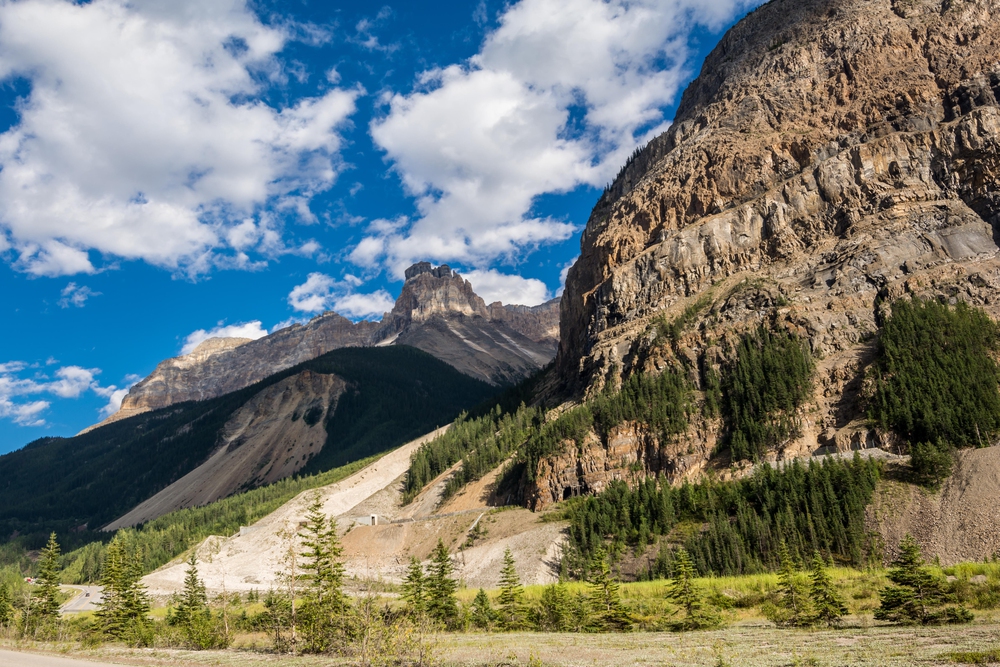
Nestled in the heart of the Canadian Rockies, Banff stands as Canada’s oldest national park and remains one of its most visited natural treasures. The park’s stunning turquoise lakes reflect the surrounding snow-capped mountains, creating postcard-perfect scenes at every turn.
Visitors can spot wildlife, including grizzly bears, elk, and bighorn sheep, while hiking through ancient glacial valleys. Banff provides a charming base for exploration, with its hot springs and mountain culture dating back to the 1880s railway tourism era.
Jasper National Park
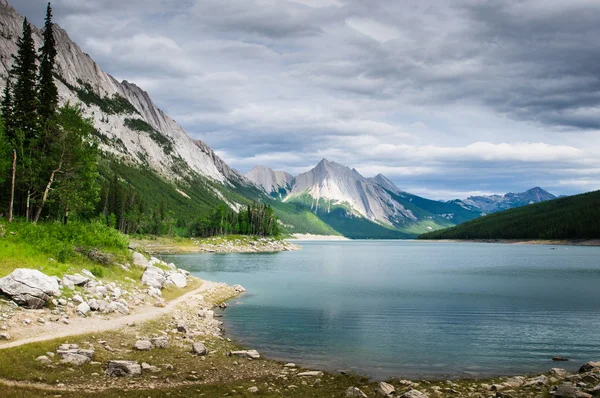
Just north of Banff, along the spectacular Icefields Parkway, lies Jasper, the largest national park in the Canadian Rockies. This UNESCO World Heritage site encompasses over 4,200 square miles of wilderness, featuring dramatic mountain peaks, extensive glacier systems, and wildflower-filled alpine meadows.
The park’s dark sky preserve designation makes it one of the world’s best places for stargazing, with minimal light pollution allowing the Milky Way to shine brilliantly overhead. Wildlife thrives here, with wolves, caribou, and moose roaming freely throughout this protected mountain ecosystem.
Like Travel Pug’s content? Follow us on MSN.
Pacific Rim National Park Reserve
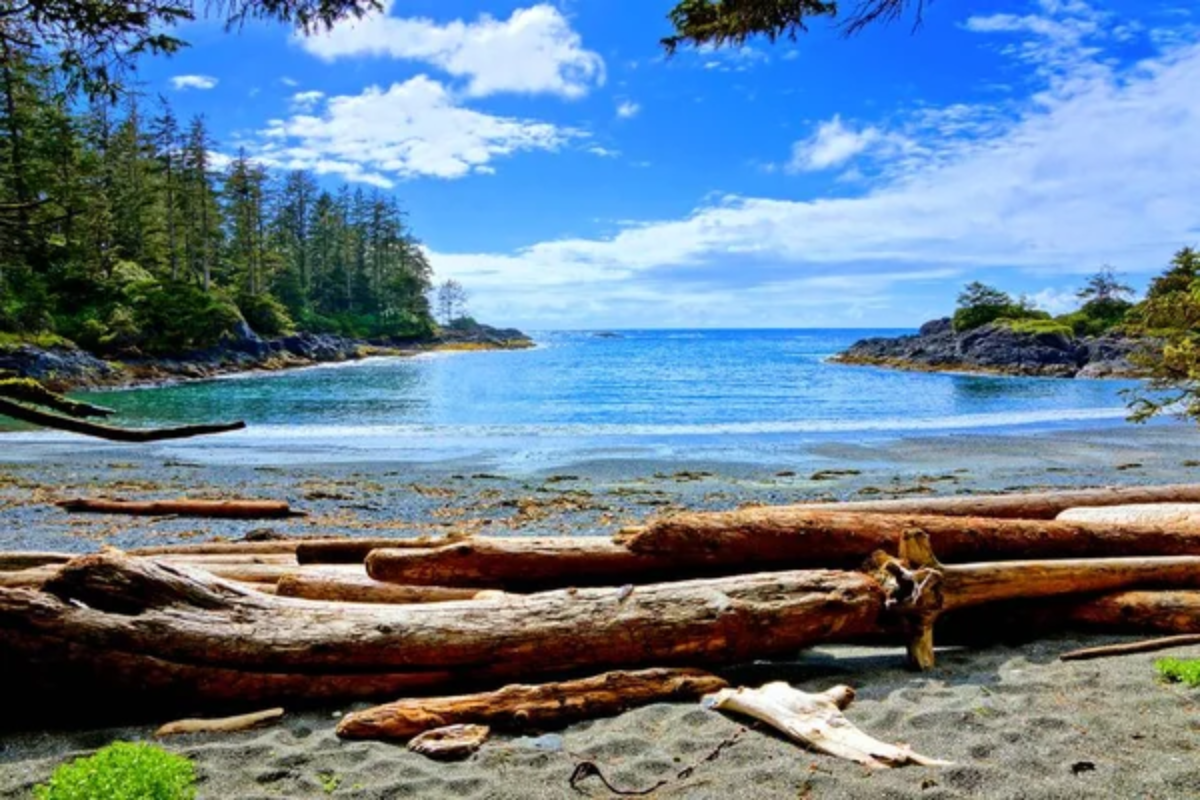
Stretching along Vancouver Island’s rugged west coast, Pacific Rim offers visitors a completely different Canadian wilderness experience. The park consists of three distinct units: Long Beach, with its expansive sandy shores; the Broken Group Islands, with hundreds of rocky islets perfect for kayaking; and the challenging West Coast Trail.
Temperate rainforests meet the crashing waves of the Pacific Ocean, creating dramatic coastal scenery unlike anywhere else in Canada. Tidal pools teem with colorful marine life, while ancient cedar and hemlock trees tower overhead in this misty coastal wonderland.
Cape Breton Highlands National Park

Located on Nova Scotia’s northern tip, this Atlantic gem combines mountainous terrain with dramatic coastal views along the famous Cabot Trail. The park protects a unique ecosystem where northern and southern species meet, creating remarkable biodiversity within its boundaries.
Fall visitors are treated to a spectacular display of autumn colors as the hardwood forests transform into vibrant reds and golds against the backdrop of the Atlantic Ocean. The highland plateau rises sharply from the sea, offering hikers remarkable vistas from trails that wind through forests and along cliff edges.
Gros Morne National Park
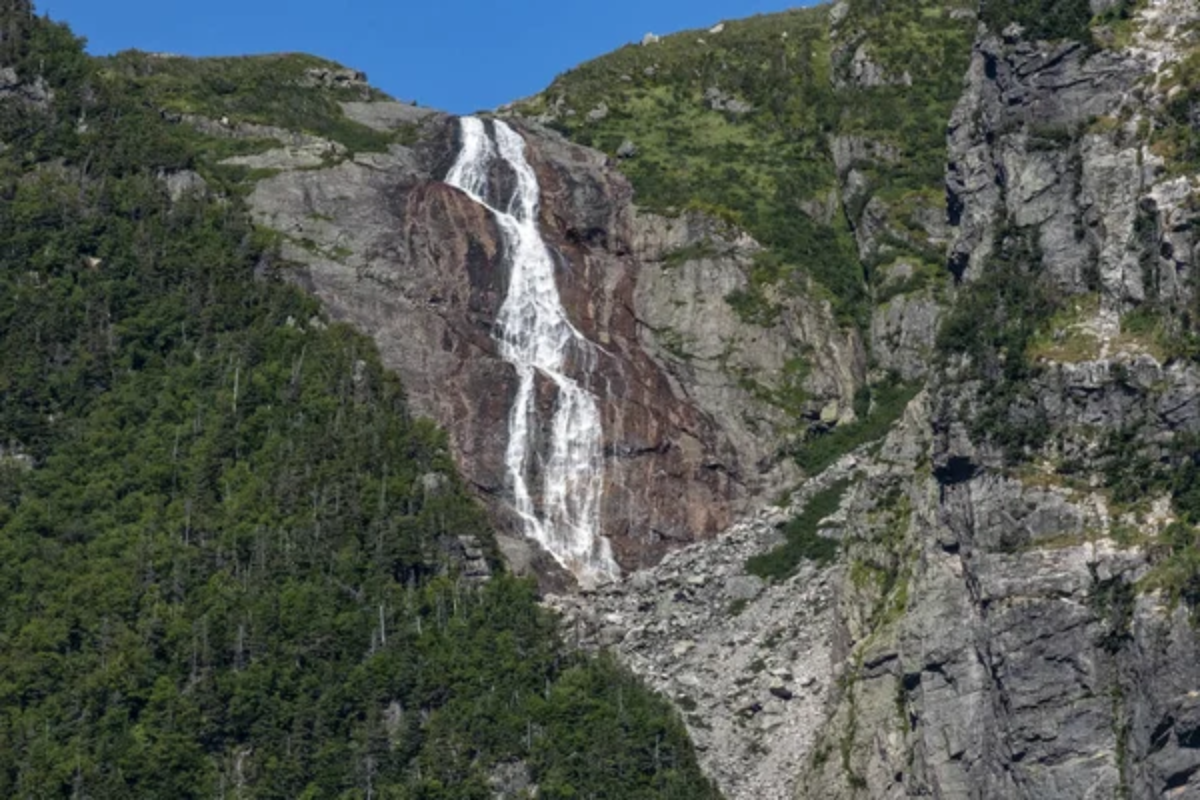
This Newfoundland treasure earned its UNESCO World Heritage status thanks to its exceptional geological features that helped prove the theory of plate tectonics. The park’s barren Tablelands expose the earth’s mantle in a rare surface appearance of rocks normally found deep beneath the ocean floor.
Massive freshwater fjords carved by ancient glaciers cut through the Long Range Mountains, creating scenery that rivals Norway’s famous coastline. Cultural experiences complement the natural wonders, with small fishing communities maintaining traditional ways of life along the shores of the Gulf of St. Lawrence.
Like Travel Pug’s content? Follow us on MSN.
Algonquin Provincial Park
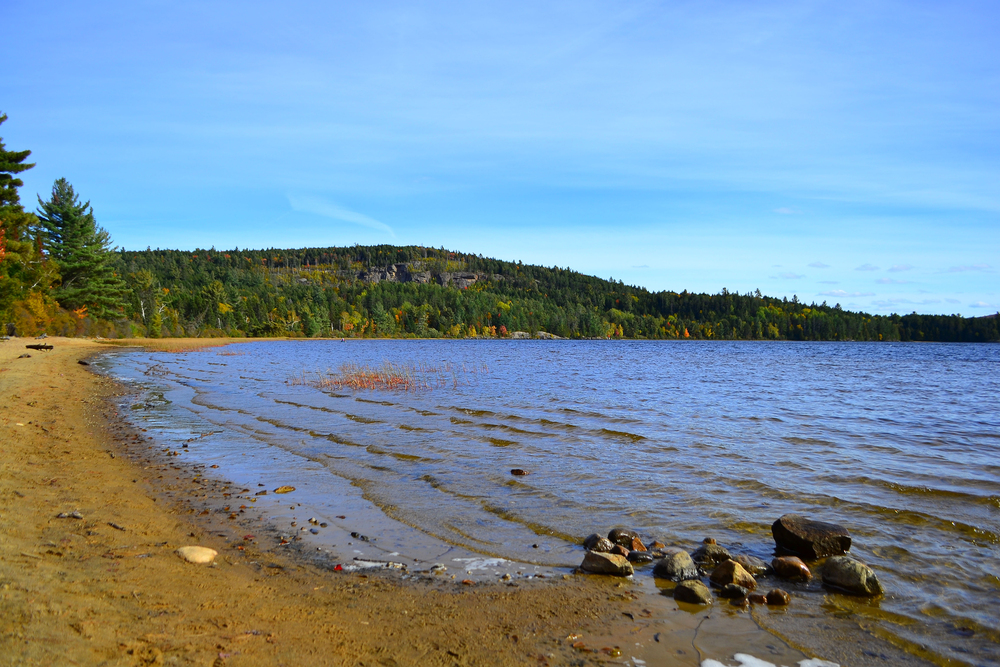
As Ontario’s first provincial park, Algonquin has been introducing visitors to the Canadian wilderness experience since 1893. The park encompasses over 2,900 square miles of forests, lakes, and rivers in central Ontario.
Canoe routes connect hundreds of lakes through an extensive network of portages, allowing paddlers to travel for days through pristine backcountry areas. The haunting sound of loons calling across misty morning lakes has become synonymous with the Algonquin experience, embodying the essence of the Canadian Shield landscape that has inspired generations of artists, including the Group of Seven.
Nahanni National Park Reserve
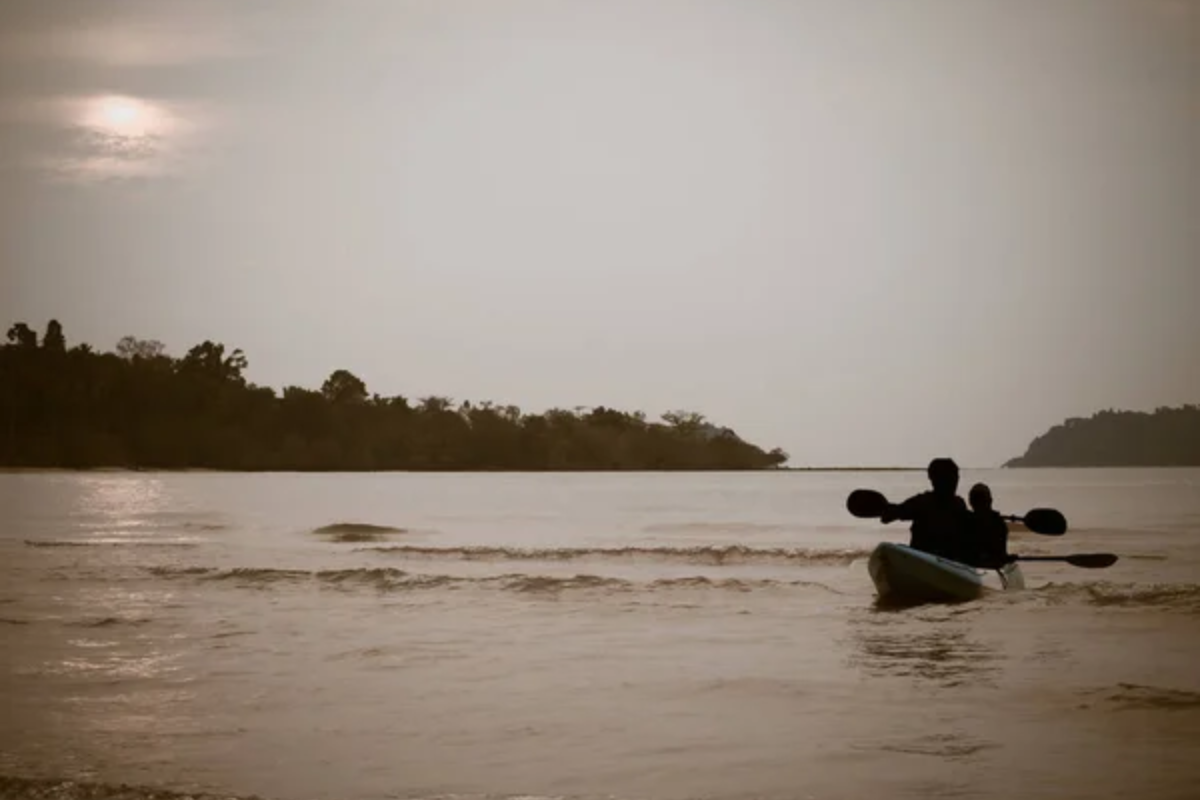
In the remote Northwest Territories lies one of Canada’s most spectacular wilderness areas, centered around the mighty South Nahanni River. The park protects a vast boreal forest ecosystem and features Virginia Falls, a waterfall twice the height of Niagara Falls.
Sheer-walled canyons up to 3,000 feet deep have been carved through limestone by the powerful river. The park remains largely undeveloped, accessible primarily by floatplane, offering visitors a true wilderness experience far from the modern world in a landscape that has remained essentially unchanged for thousands of years.
Kluane National Park
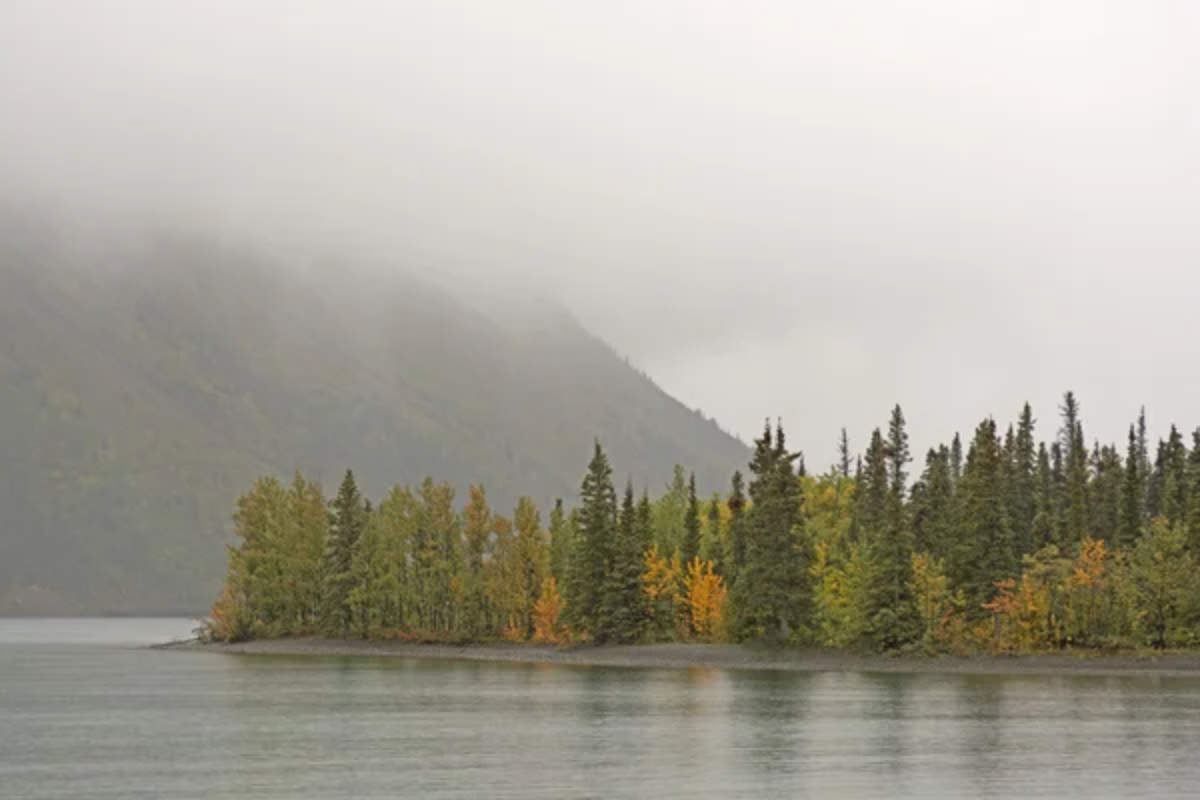
This Yukon treasure forms part of the largest protected wilderness area on earth when combined with adjacent parks in Alaska and British Columbia. Kluane contains Canada’s highest peak, Mount Logan, and the world’s largest non-polar ice fields.
The park’s vast wilderness supports healthy populations of grizzly bears, Dall sheep, and mountain goats in an environment largely untouched by human development. The dramatic landscapes range from ice-capped mountains to lush valleys where wildflowers bloom in brilliant displays during the brief northern summer.
Like Travel Pug’s content? Follow us on MSN.
Bruce Peninsula National Park
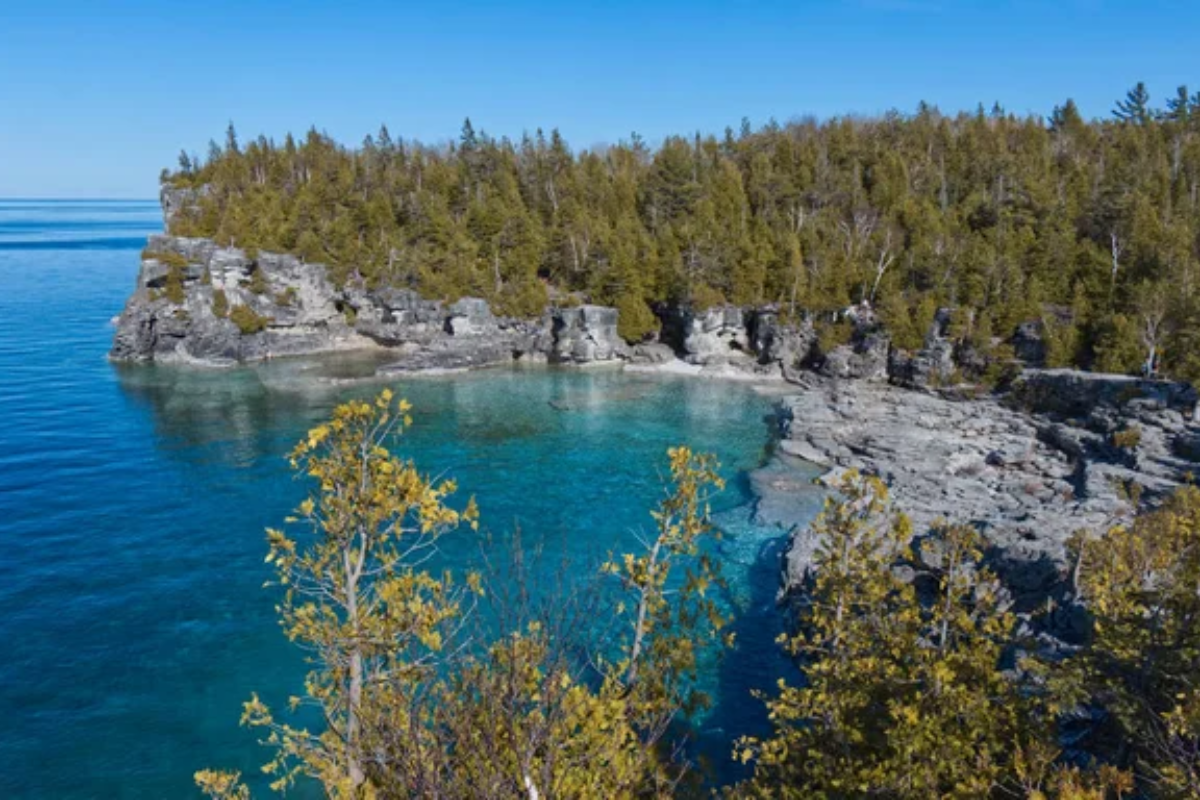
Located on the Niagara Escarpment between Georgian Bay and Lake Huron, this Ontario gem features crystal-clear turquoise waters reminiscent of Caribbean destinations. Ancient cedar trees, some over 1,000 years old, cling to the limestone cliffs that rise dramatically from the shores of Georgian Bay.
The park forms part of the UNESCO Niagara Escarpment Biosphere Reserve and connects to the famous Bruce Trail, Canada’s oldest and longest marked hiking trail. The Grotto sea cave and its surrounding shoreline offer perhaps the most photographed natural features in the province.
Riding Mountain National Park
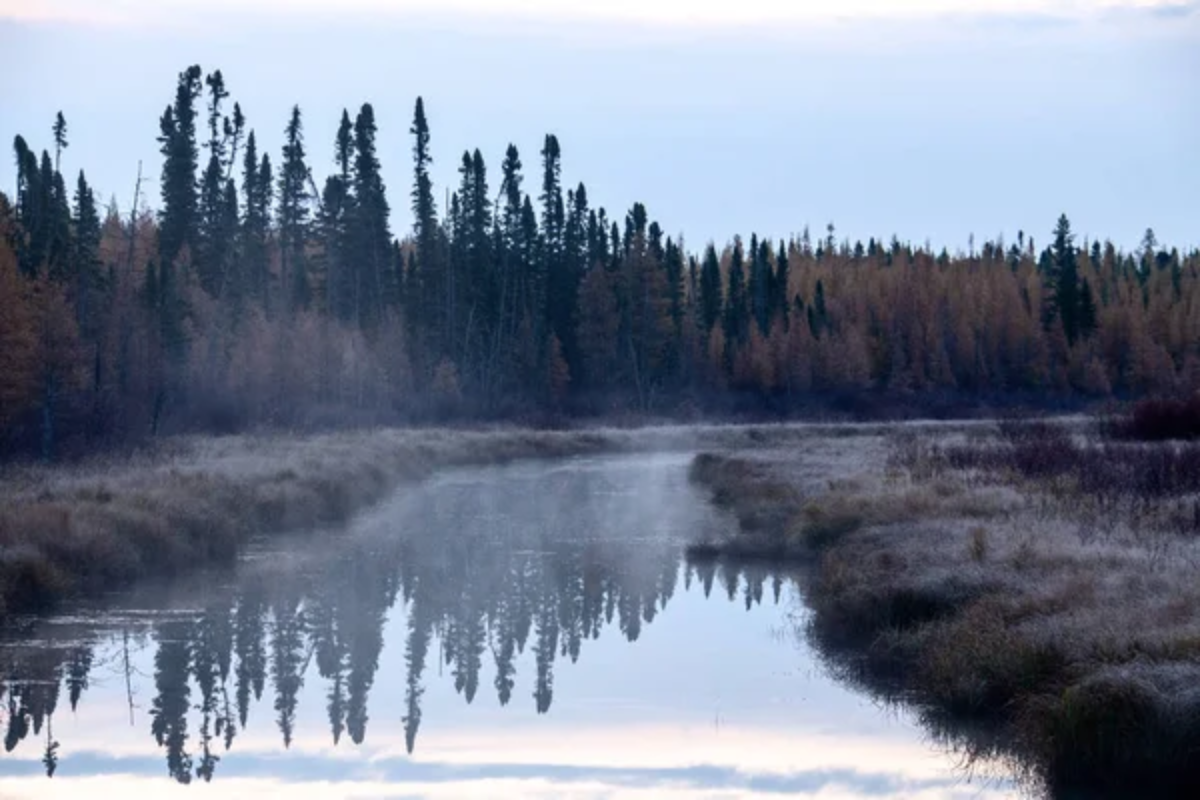
Rising dramatically from the surrounding Manitoba prairies, this island of wilderness protects three distinct ecosystems: aspen parkland, boreal forest, and grasslands. The park centers around Clear Lake, with its pristine waters and sandy beaches providing popular summer recreation opportunities.
Wildlife viewing opportunities abound, with bison herds, black bears, and moose frequently spotted throughout the park’s diverse habitats. The historic resort town of Wasagaming serves as the park’s main visitor hub, featuring charming 1930s-era architecture from its development during the Great Depression.
Waterton Lakes National Park
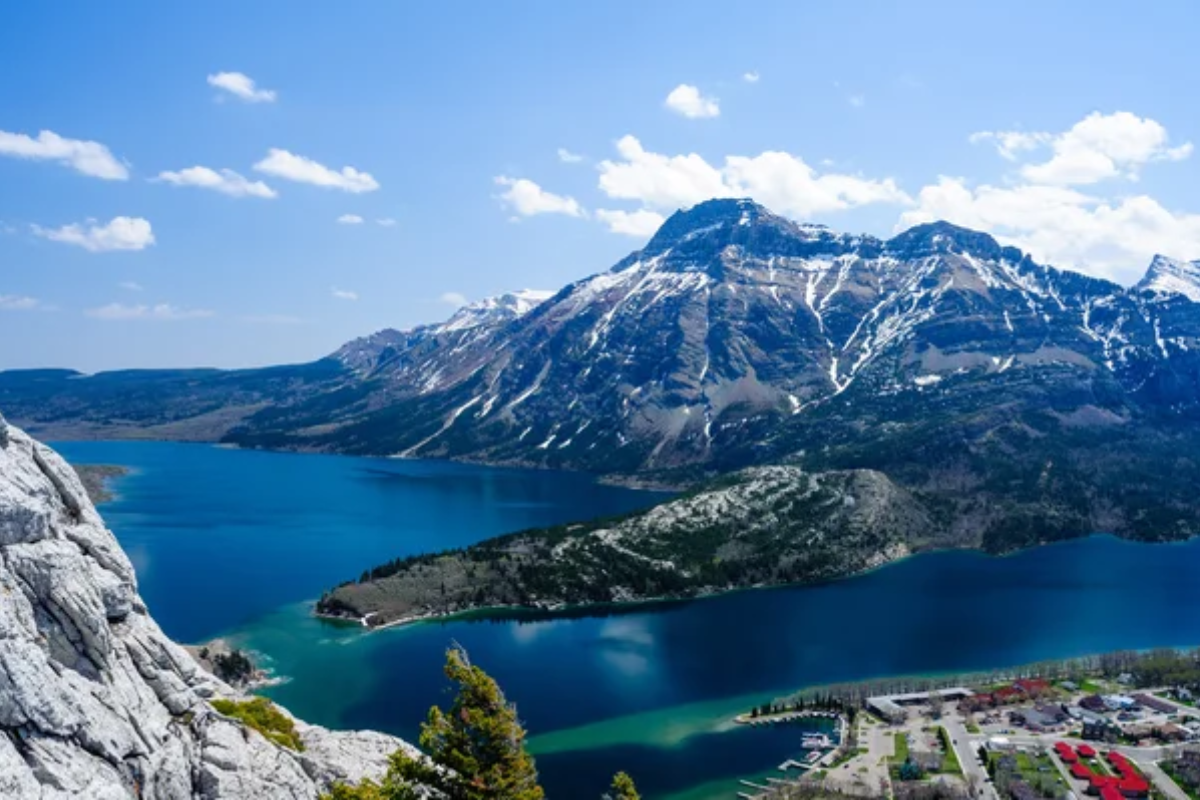
This southern Alberta gem forms half of the Waterton-Glacier International Peace Park, spanning the Canada-US border. The dramatic meeting point where prairie grasslands suddenly rise into Rocky Mountain peaks creates one of the most ecologically diverse areas in the Canadian Rockies.
Powerful winds shape the landscape, while the deep blue waters of Upper Waterton Lake stretch across the international boundary. The park’s relatively small size makes it more intimate than its larger mountain park cousins, with wildlife sightings particularly common throughout its compact but diverse ecosystem.
Like Travel Pug’s content? Follow us on MSN.
Fundy National Park
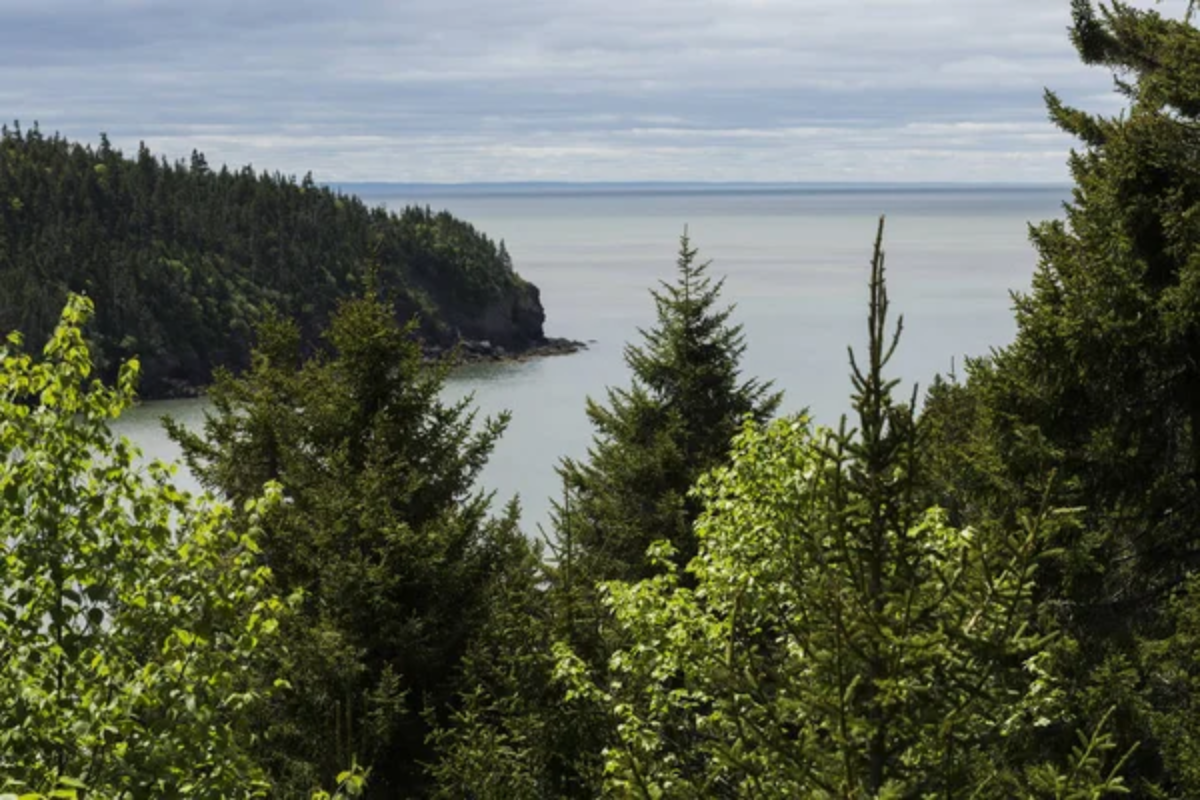
Located along New Brunswick’s Bay of Fundy Coast, this Atlantic Canadian park showcases the world’s highest tides. Visitors can walk on the ocean floor at low tide and then watch as the same area disappears under 40 feet of water just hours later.
The park protects the maritime Acadian forest ecosystem with more than 25 waterfalls cascading through its hilly terrain. Cultural heritage remains strong, with nearby villages maintaining traditional fishing and shipbuilding practices that stretch back through generations of Maritime history.
Yoho National Park
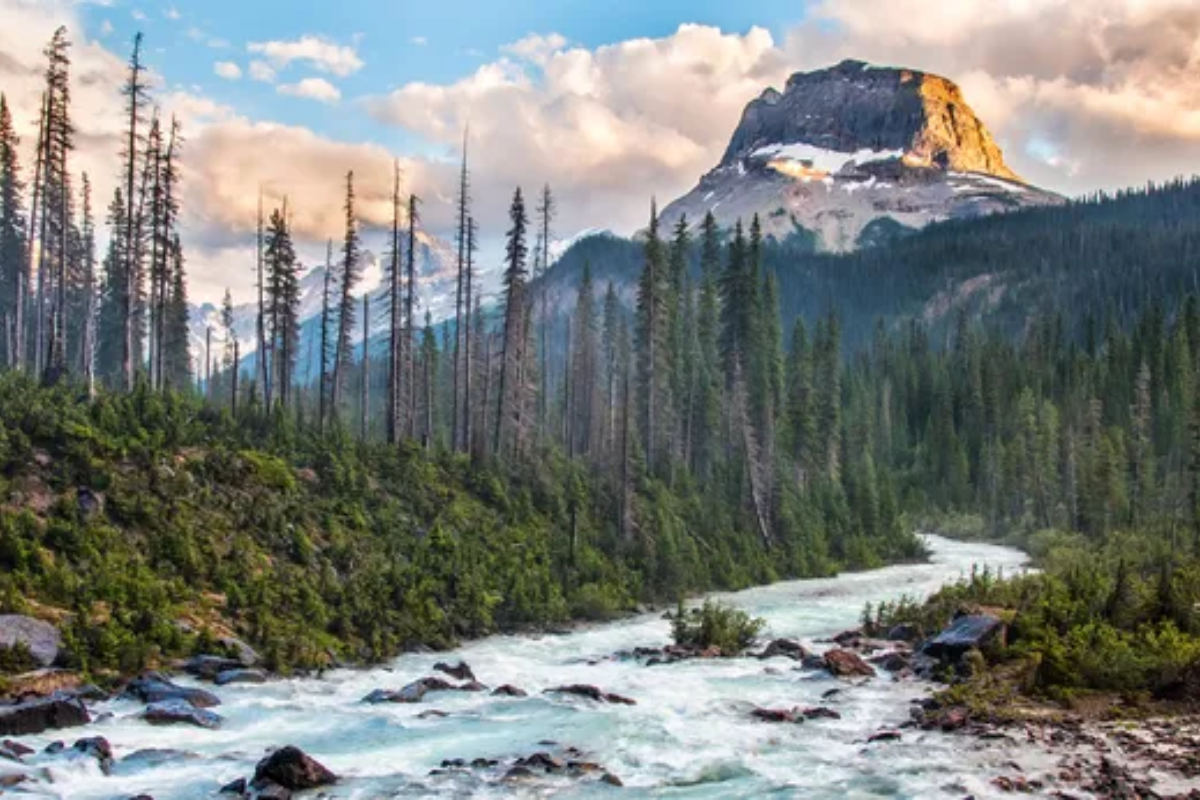
Despite being the smallest of the four contiguous mountain parks in the Canadian Rockies, Yoho packs remarkable diversity into its compact boundaries. The name ‘Yoho’ comes from a Cree expression of awe and wonder, perfectly capturing the feelings visitors experience when viewing features like Takakkaw Falls, one of Canada’s highest waterfalls.
The park contains the world-famous Burgess Shale fossil beds, which preserve soft-bodied marine creatures from over 500 million years ago. Emerald Lake’s vivid green waters provide a stunning complement to the surrounding peaks and glaciers of the Continental Divide.
Gwaii Haanas National Park Reserve
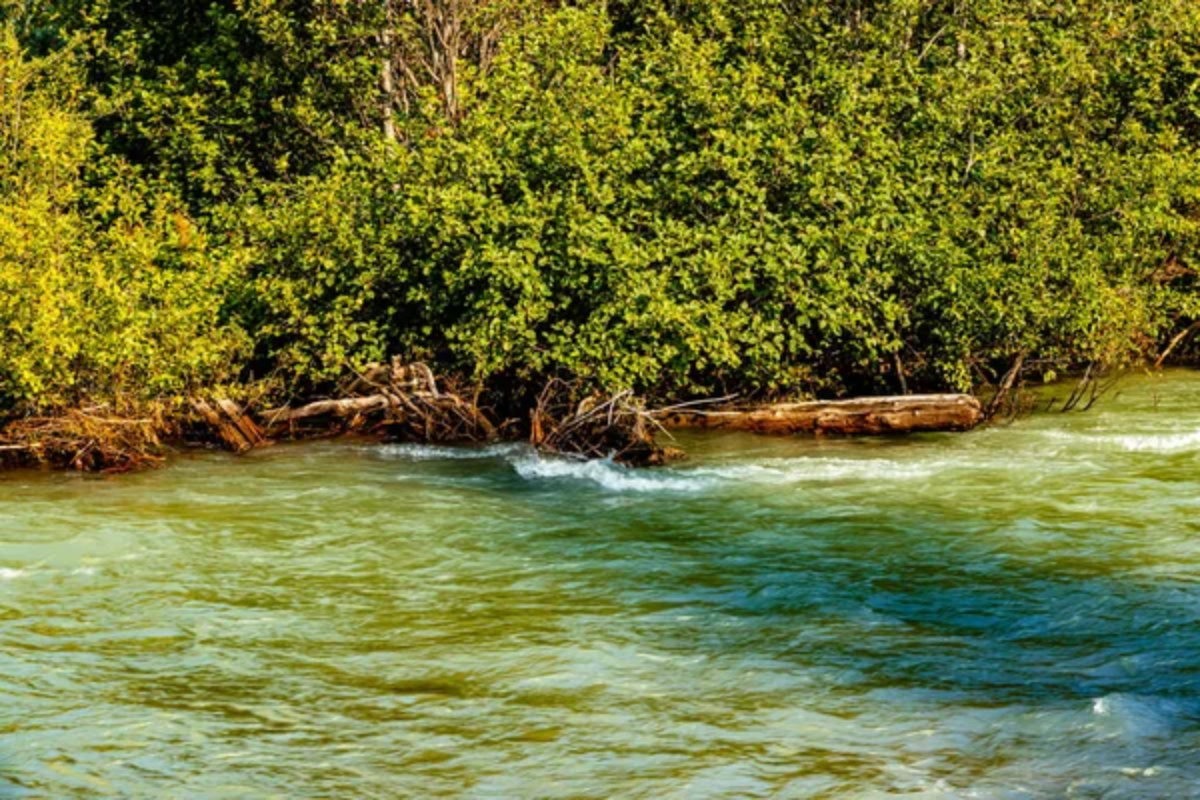
Located in the southern portion of Haida Gwaii (formerly the Queen Charlotte Islands), this remote park combines natural and cultural wonders in a truly unique setting. Ancient Haida village sites feature weathered totem poles and longhouse remains standing among moss-covered forests in a haunting testament to the area’s rich Indigenous heritage.
The archipelago’s isolation has created distinctive plant and animal species found nowhere else on Earth. Marine areas protect kelp forests and underwater ecosystems that support whales, sea lions, and other marine mammals in the productive waters of Hecate Strait.
Like Travel Pug’s content? Follow us on MSN.
Grasslands National Park

Preserving one of North America’s most endangered ecosystems, this Saskatchewan park protects mixed-grass prairie that once covered vast portions of the continent. The park offers visitors a chance to experience the wide-open landscapes that greeted early settlers, with bison once again roaming freely across the windswept plains.
Night skies here rank among the darkest anywhere in Canada, with the Milky Way stretching gloriously overhead without competition from artificial light. Prairie dog colonies, burrowing owls, and ferruginous hawks maintain the delicate ecological balance of this threatened grassland ecosystem.
La Mauricie National Park
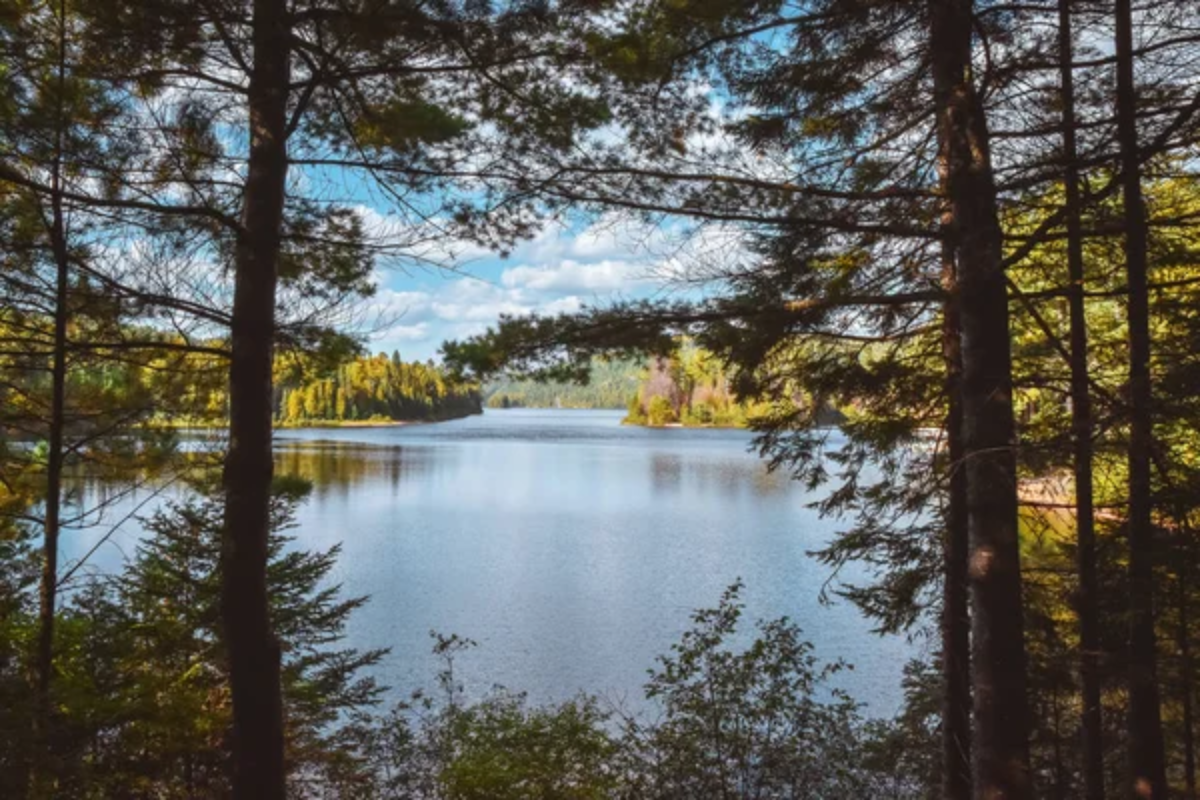
Nestled in the Laurentian Mountains of Quebec, this park showcases the rolling hills, lakes, and mixed forests typical of the Canadian Shield landscape. The park’s 150 lakes create a paddler’s paradise, with canoe routes connecting waterways through portages used by indigenous peoples and fur traders for centuries.
Fall colors transform the landscape into a spectacular palette of reds and gold, drawing photographers and nature enthusiasts from across the region. Winter brings a different kind of beauty, with cross-country ski trails winding through snow-covered forests in this four-season destination.
Forillon National Park
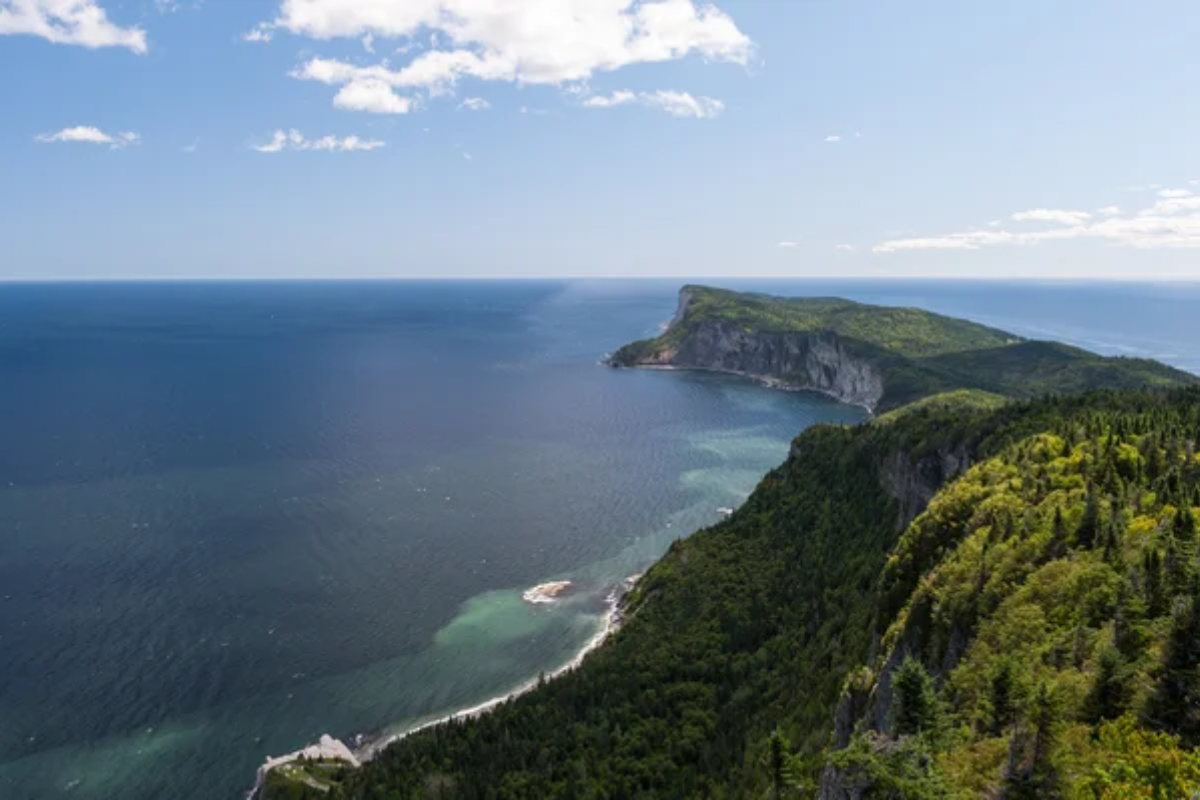
Located at the eastern tip of Quebec’s Gaspé Peninsula, Forillon combines dramatic coastal cliffs with forested mountains meeting the Gulf of St. Lawrence. The park protects a diverse landscape where visitors can spot whales from coastal trails or observe black bears in inland forest areas.
The region’s rich cultural history includes indigenous settlements, fishing villages, and early European colonial outposts that have shaped human interaction with this rugged environment for centuries. Limestone cliffs rise hundreds of feet above pebble beaches, where seals often bask in the summer sun.
Like Travel Pug’s content? Follow us on MSN.
Wapusk National Park
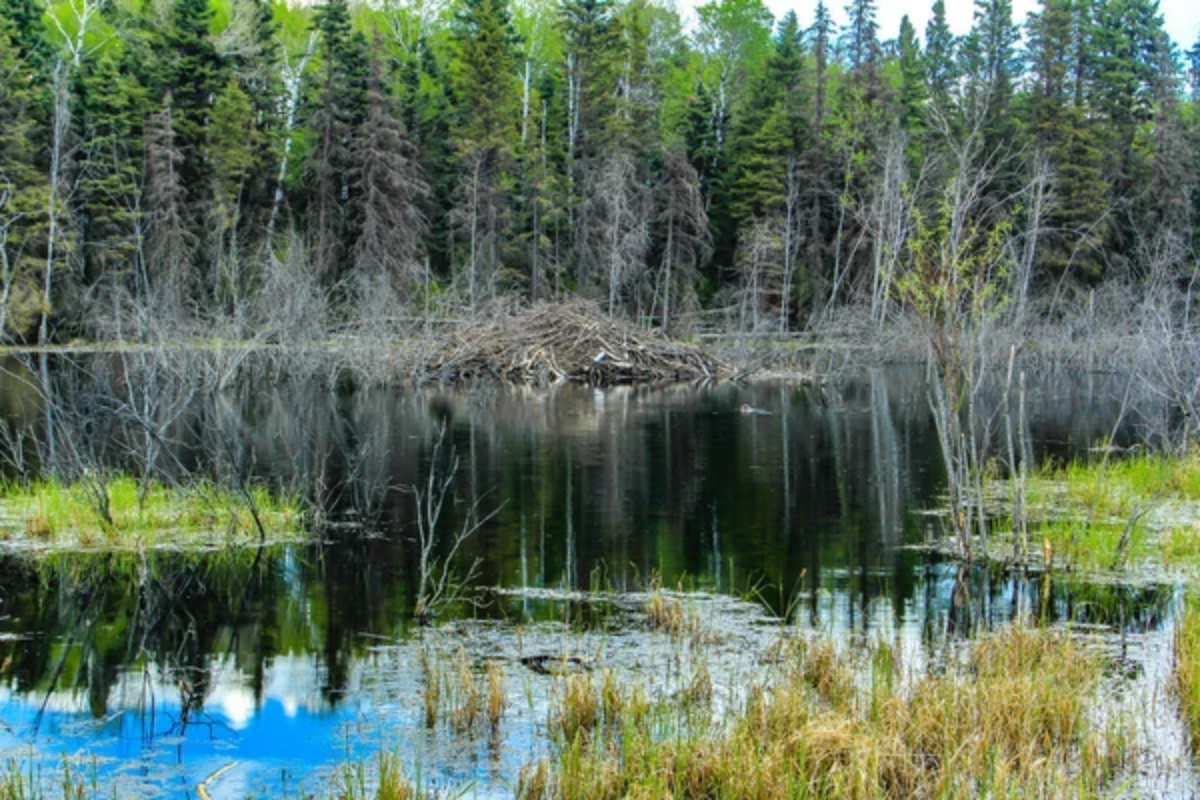
One of Canada’s more remote parks, this Manitoba wilderness protects one of the world’s largest polar bear denning areas near Churchill. The name ‘Wapusk’ means ‘white bear’ in Cree, reflecting the park’s importance to these magnificent Arctic predators. The park encompasses vast stretches of subarctic transition zones between the boreal forest and the arctic tundra, creating unique habitat conditions.
Access is extremely limited, with guided tours providing the safest way to experience this fragile ecosystem where mothers emerge with cubs from winter dens in early spring.
Connecting to Canadian Wilderness
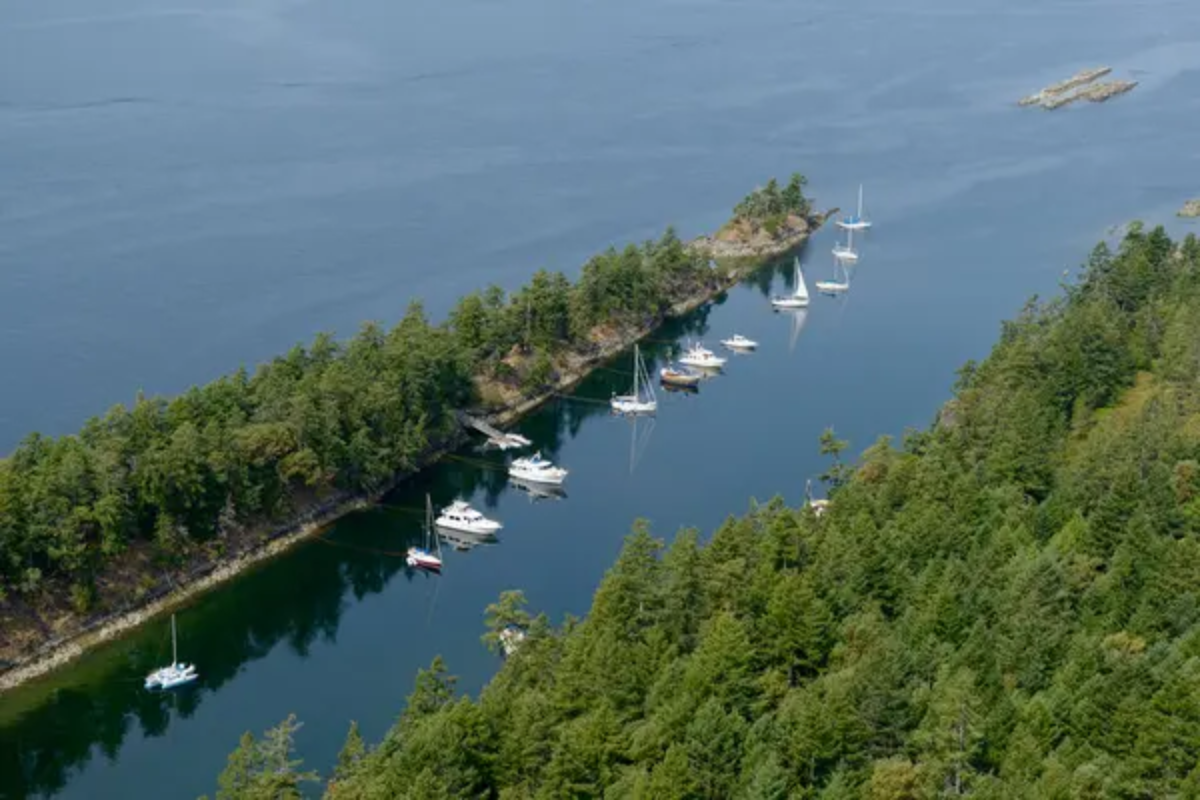
These 18 parks represent just a fraction of Canada’s protected natural areas, yet they showcase the incredible diversity of landscapes across this vast northern nation. From coastal rainforests to arctic tundra and mountain peaks to prairie grasslands, the Canadian park system preserves natural wonders for future generations while providing outstanding outdoor experiences today.
The tradition of conservation reflected in these parks demonstrates Canada’s ongoing commitment to maintaining the natural heritage that has shaped its national identity throughout history.
More from Travel Pug

- Cities Growing so Fast You Won’t Recognize Them in 10 Years
- 13 Destinations Where Tourists Regularly Regret Their Trip
- 16 U.S. Cities That Are Quietly Becoming Travel Hotspots
- Where to Travel If You Love Long Bus Rides and Daydreams
- 20 Cities Perfect for Solo Travelers Who Crave Adventure & Culture
Like Travel Pug’s content? Follow us on MSN.
